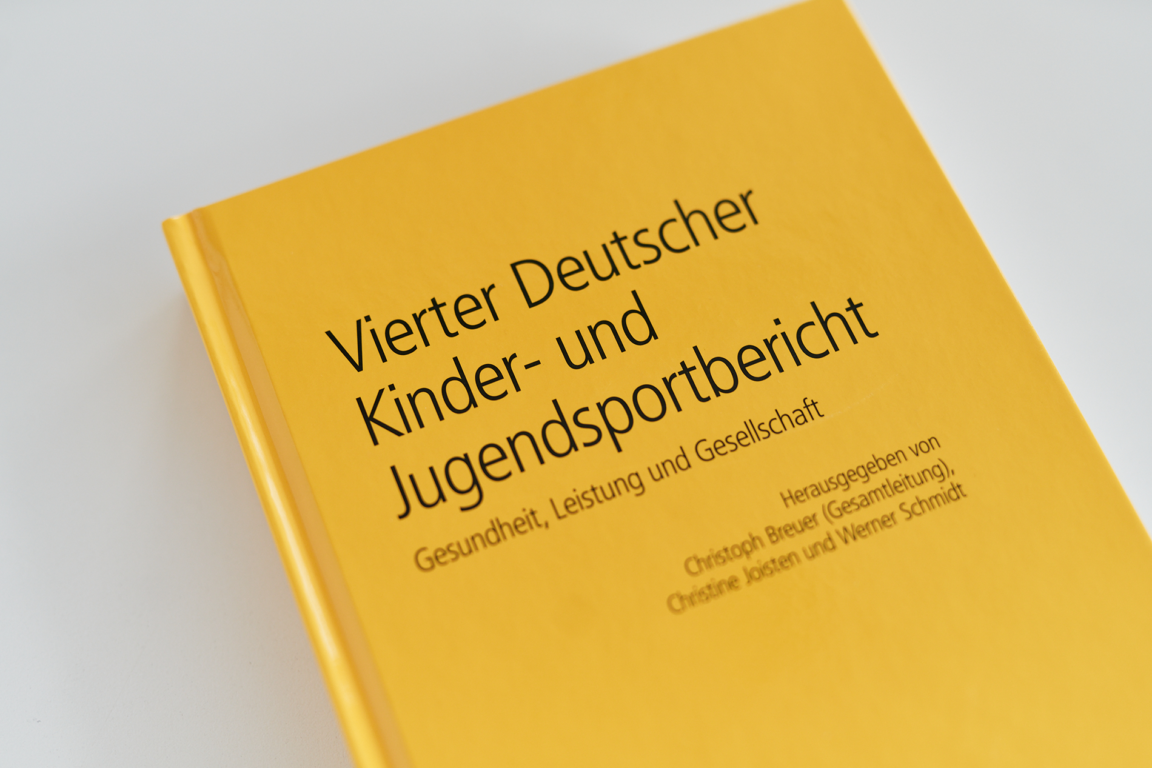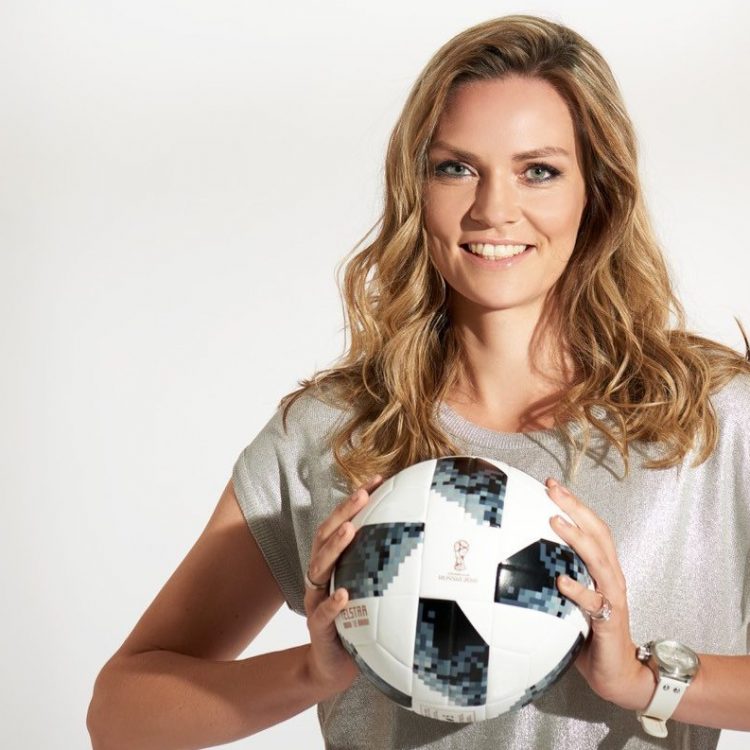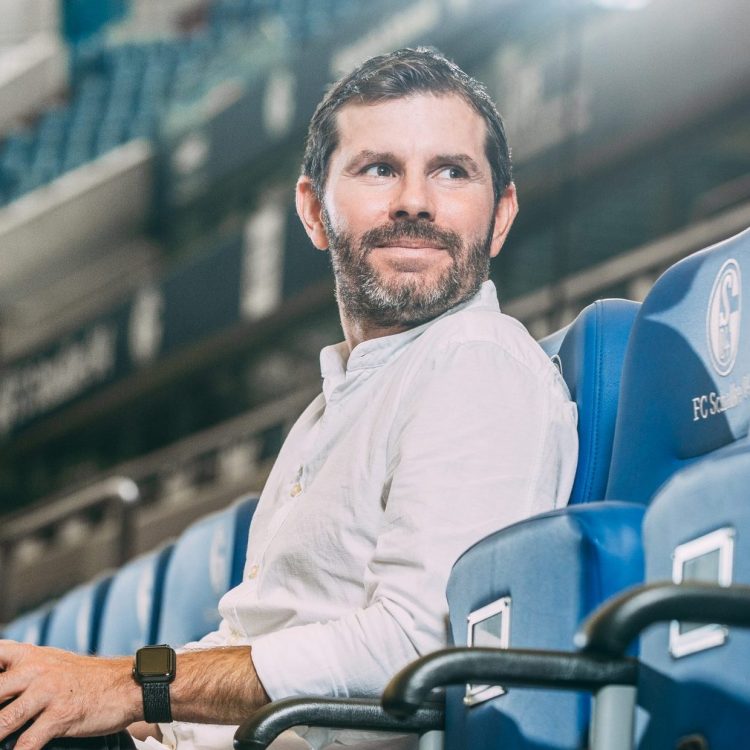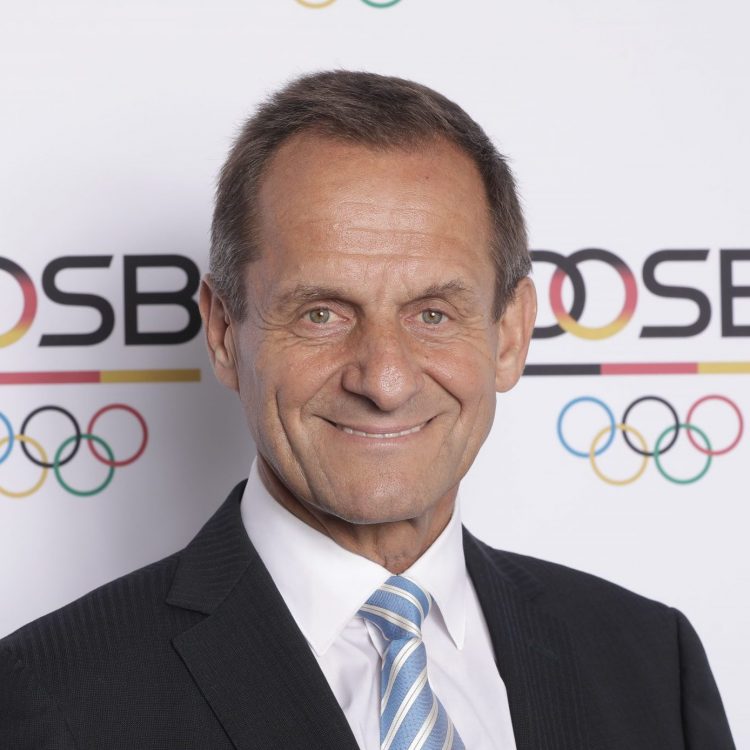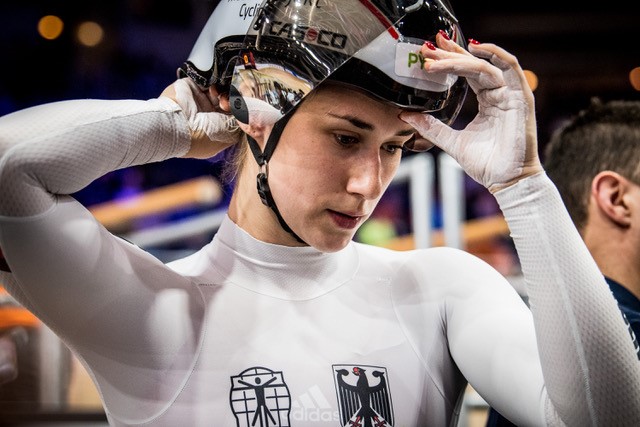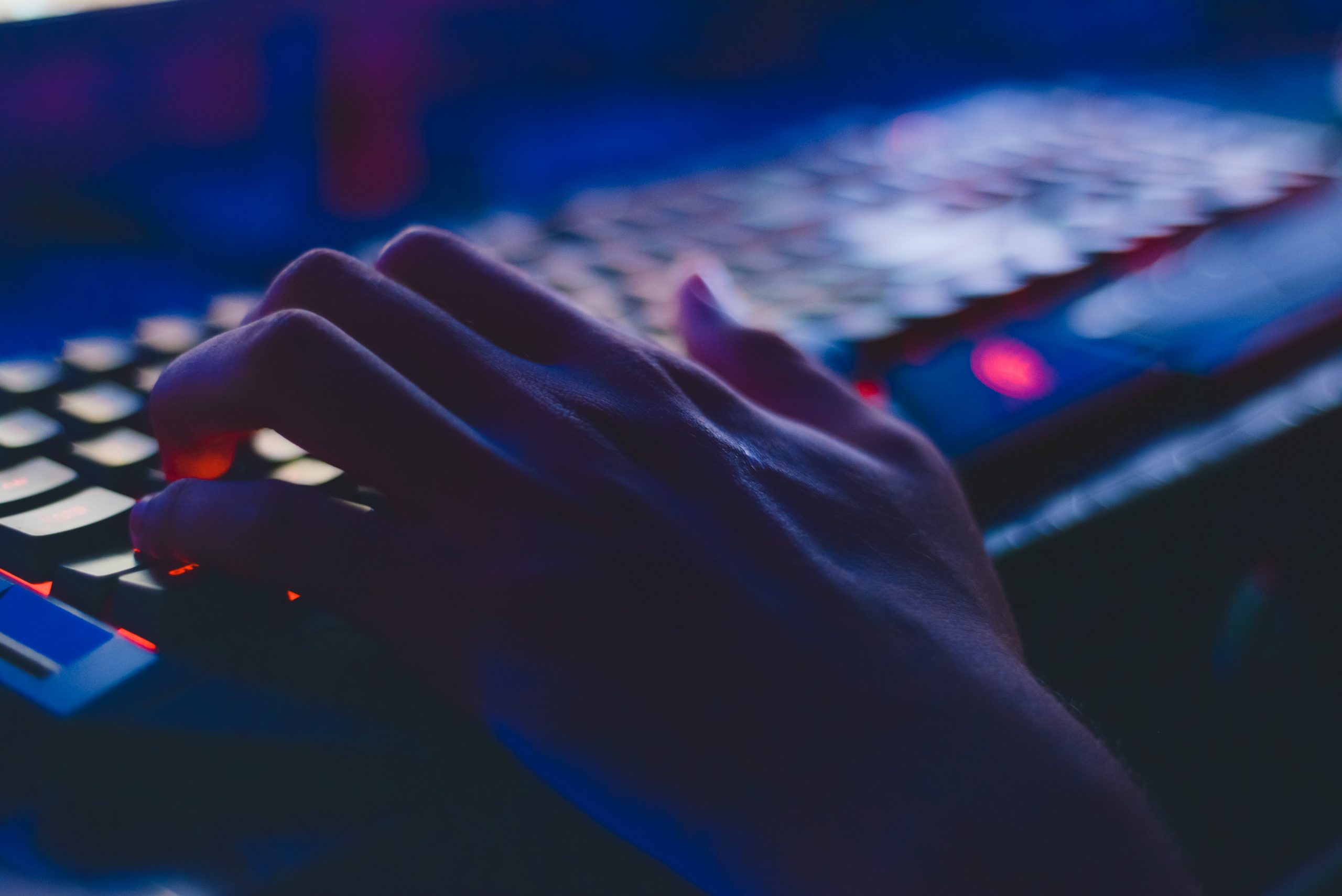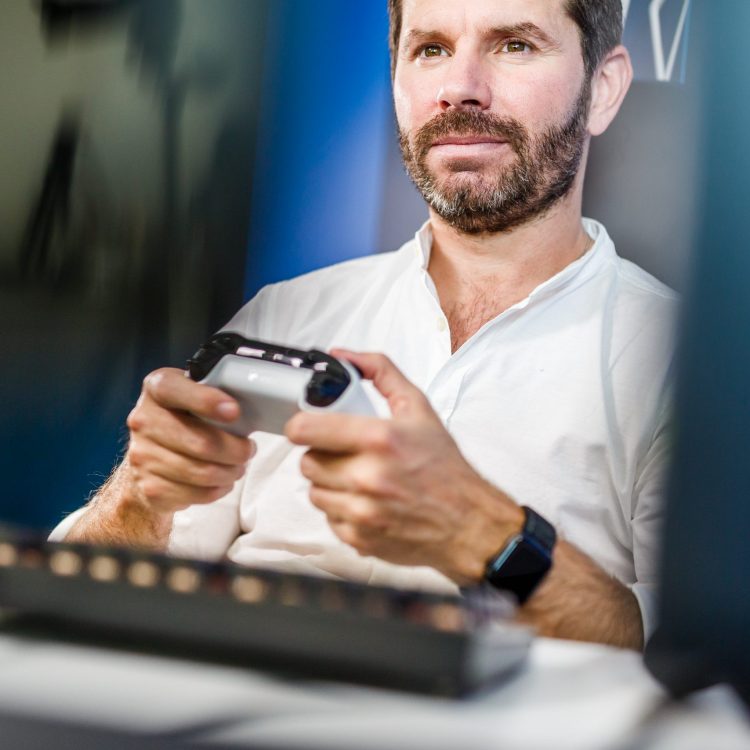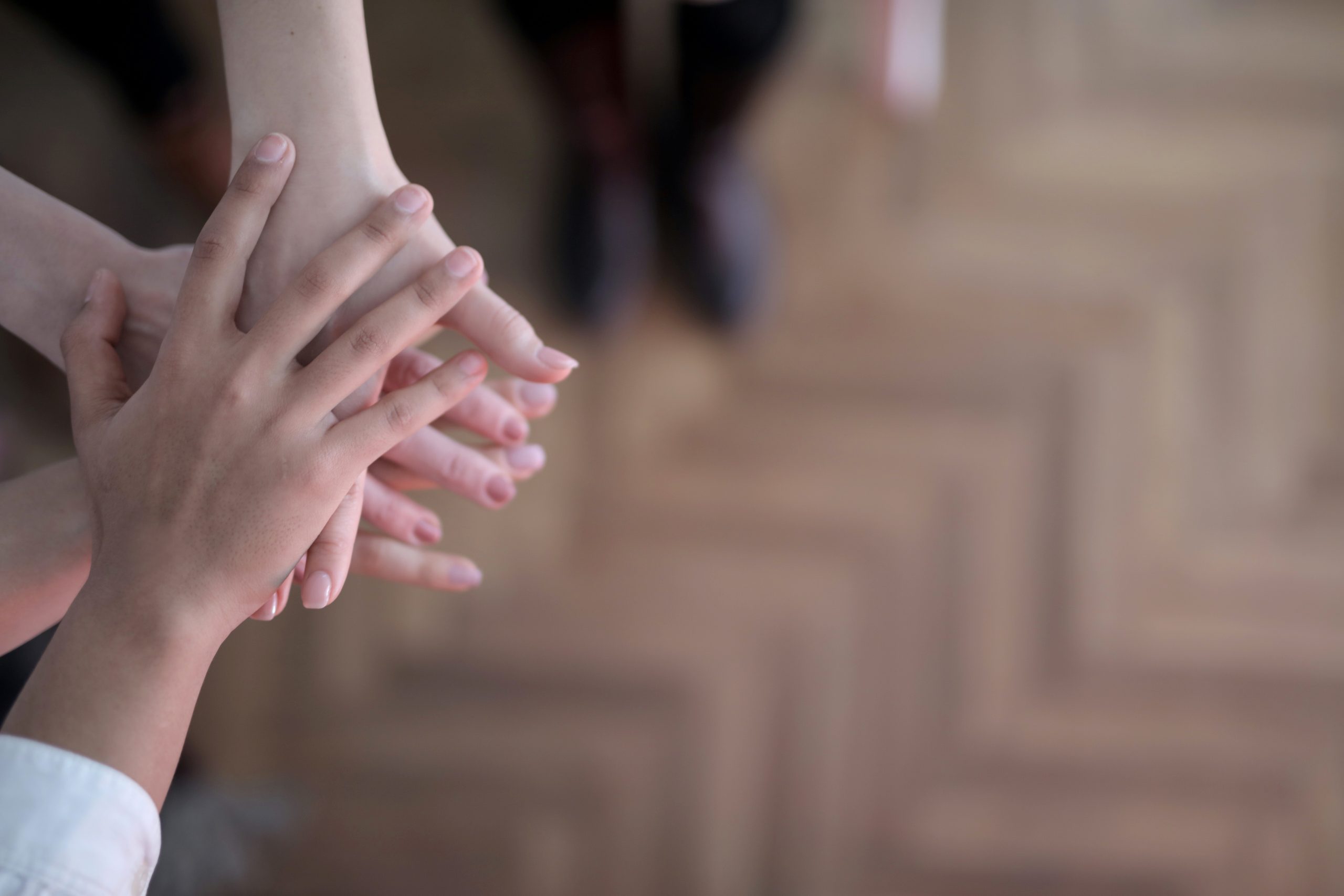Thematic focus: Health
Sports are healthy, sports keep you healthy, sports are important for the healthy development of children and adolescents. All true, but why are fewer and fewer children and adolescents doing them then? Why are our children becoming increasingly sedentary and fat? This question is most often answered with “playing games”. But is that really the case? And how can this development be counteracted? Children have a natural urge to move around. They actively get to know their environment and develop through movement. And this applies not only to the area of motor skills, but also emotionally, (psycho)socially and cognitively. In order to promote this, the environment must naturally be designed to be conducive to movement. For this, the parents are the ones who are primarily responsible, especially when it comes to younger children. By now, many studies have shown that active parents have active children and vice versa. The family role model function plays a decisive role in the athletic development of children. However, influencing factors such as daycare centres and kindergartens, schools and also climatic conditions are also very important for promoting physical activity among children and adolescents. Because: The majority of adolescents in Germany do not satisfy the World Health Organisation’s recommendations for physical activity. This applies particularly dramatically to female adolescents.
Our ambassador Dr. Eckart von Hirschhausen
“Exercise is a crucial key to the physical and mental health of children and adolescents. In order to be able to get enough physical activity, you need clean air, tolerable temperatures and sufficient space, among other things. For a long time, health and sports were considered separately from environmental conditions and influences, which can be both beneficial but also detrimental. With my foundation, I work precisely at the interface between medicine, the public and politics and am delighted to be able to make more people and institutions aware of these connections and to gain fellow supporters for two fundamental ideas: It’s not the climate we have to save, but ourselves! And healthy people only exist on a healthy Earth. That’s why I would also like to see more sporting ambition from athletes, officials and foundations for a sustainable and angel-friendly world.”
In Germany, children and adolescents are getting less and less exercise and are becoming increasingly overweight as a result. This not only affects the physical, mental and social health of children and adolescents, but could also lead to a reduced life expectancy, as studies in the USA, for example, have already shown.
These days we know considerably more about the health benefits of exercise and sports in childhood and adolescence than we did just a few years ago, e.g. about the communication between the various organ systems such as muscles, brain and adipose tissue, as well as the central role of sports and exercise in this context. The fact is: Not only do sports and exercise have physical benefits, but they also have positive effects on the cognitive performance of children and adolescents. In this, programmes that combine physical and coordinative requirements with each other are particularly useful. Sports and exercise also offer opportunities for chronically ill children and adolescents: Depending on the respective condition, sports and exercise have a direct positive effect on the course of the disease and lead to psychological stabilisation, an increase in quality of life as well as social integration.
Physical Literacy
Health-orientated sports for children and adolescents in Germany should be modelled more strongly on the concept of physical literacy, as is already common practice internationally quite often. Physical literacy represents a holistic approach to promoting (children’s) physical activity, in which in addition to participation, motor skills and abilities, motivation and self-efficacy are also combined. It should be a cornerstone or a firmly anchored target dimension of physical education in Germany. However, to date, there are hardly any specific strategies, such as “physical literacy”, that can be used to promote physical activity in children and adolescents. It seems to be of central importance to make children and adolescents aware of the connections between exercise/sports and health, but also self-efficacy, motivation and confidence in their own actions. This communication should be carried out by qualified parties. This brings with it the opportunity for these parties to influence the physical activity-friendly design of the living environments of children and adolescents by pushing for the expansion of existing programmes.


